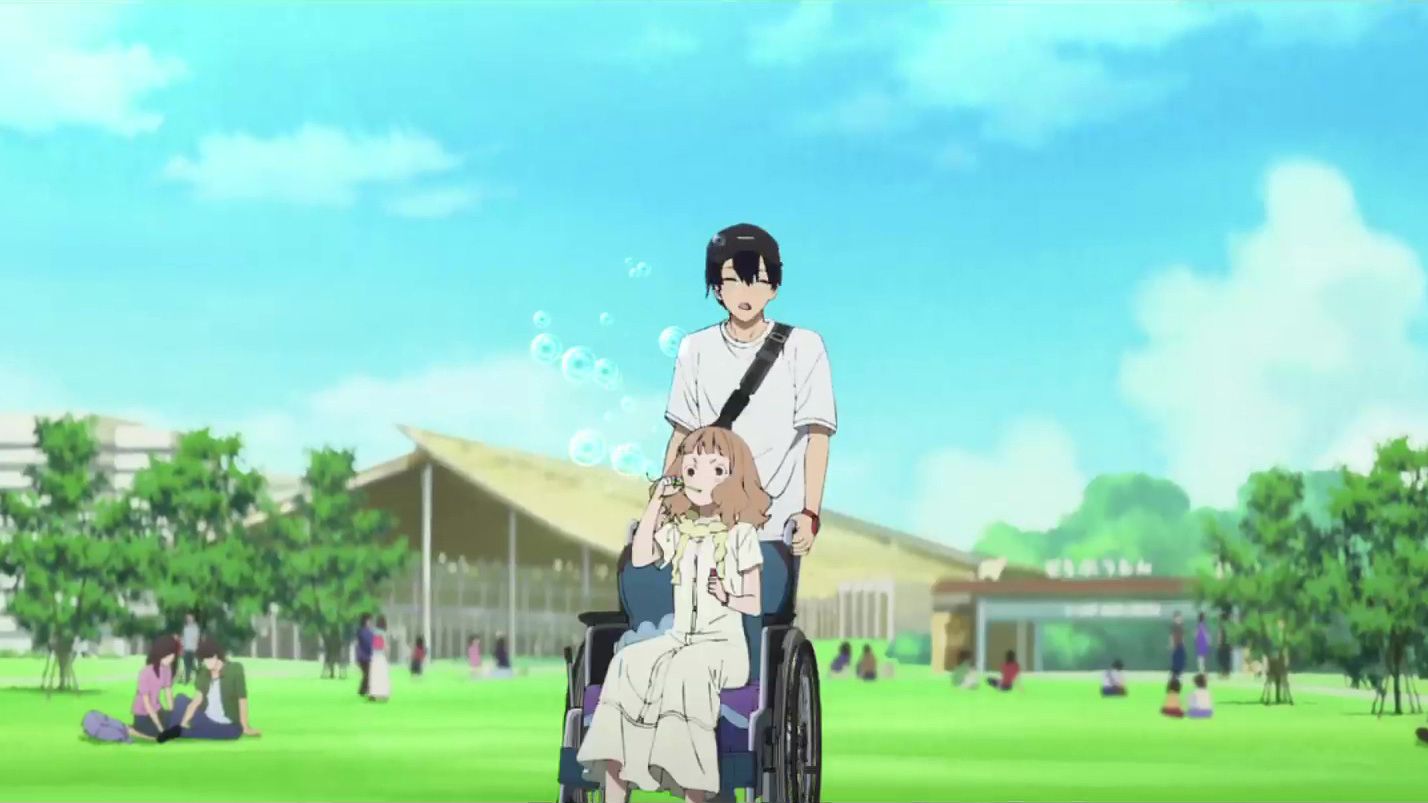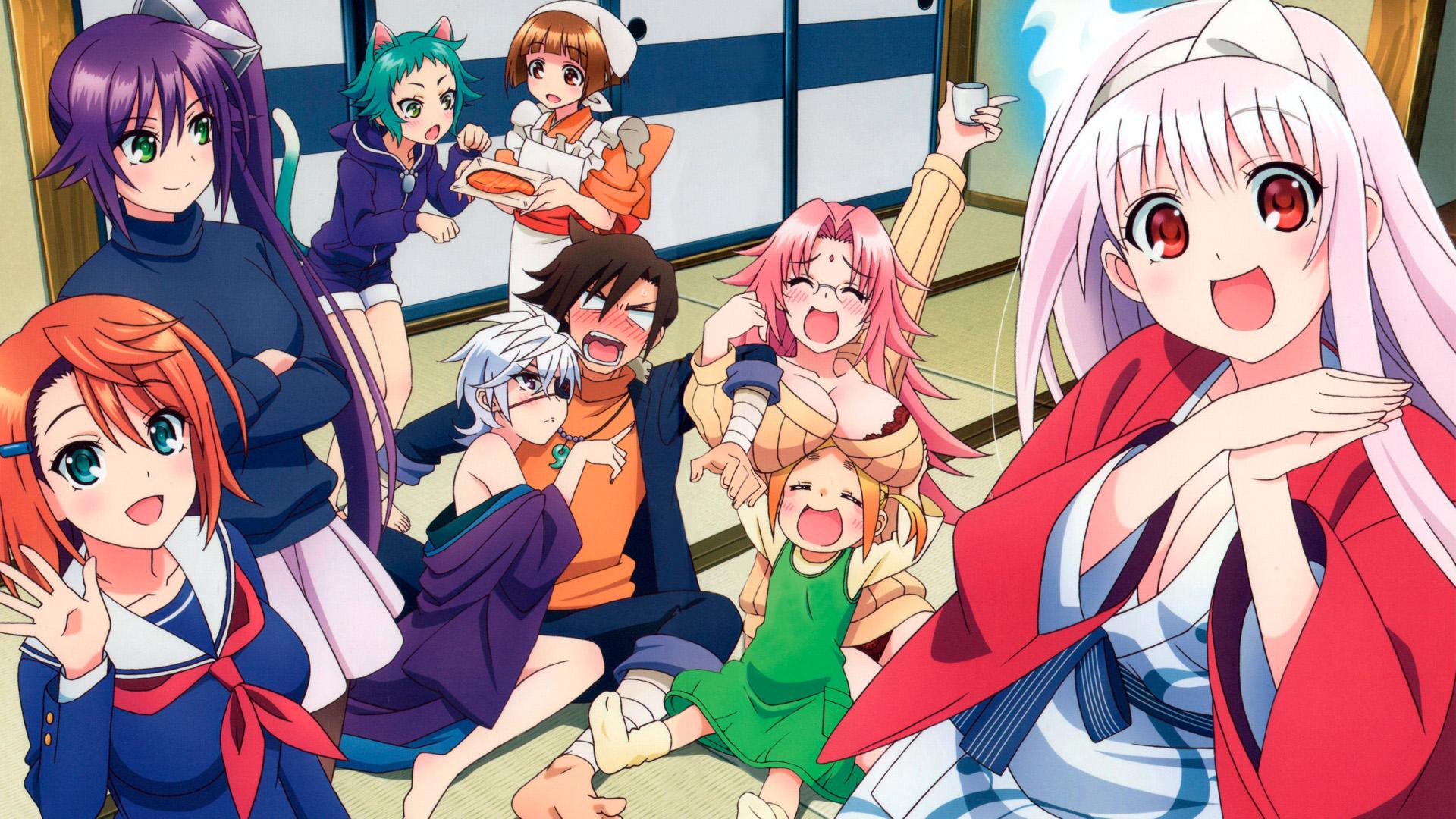The Curious Case of Seraph of the End: Where Did Season 3 Go?
Seraph of the End, known in Japan as Owari no Seraph, burst onto the anime scene with a blend of post-apocalyptic drama, vampire lore, and supernatural action. For many, it quickly became a favorite. However, the question on many fans' minds remains: what exactly happened to this once-promising series, and why haven't we seen a third season yet?
The anime adaptation, produced by Wit Studio (the same studio behind early seasons of Attack on Titan and Vinland Saga), covered a significant portion of the manga's early story arc. The first season premiered in April 2015, followed closely by the second season, titled Seraph of the End: Battle in Nagoya, in October of the same year. Both seasons delivered intense action sequences, explored complex character relationships, and introduced viewers to a world ravaged by a mysterious virus that only affects those over the age of thirteen.
The core narrative revolves around Yūichirō Hyakuya and Mikaela Hyakuya, two orphans living in a vampire-controlled city. Their escape attempt ends in tragedy, leaving Yūichirō as the sole survivor and fueling his burning desire for revenge against all vampires. He joins the Moon Demon Company, an elite unit of the Japanese Imperial Demon Army, dedicated to eradicating the vampire threat. The story then delves into the mysteries of the seraph gene, the origins of the vampire plague, and the larger, more sinister forces at play.
A Promising Start, An Uncertain Future
Given the anime's initial popularity and the relatively quick release of its two seasons, fans naturally anticipated a third season. The second season concluded with several unresolved plot threads and a clear indication that the story was far from over. Major questions about the Hyakuya Sect, the true nature of the seraph experiments, and the overall global conflict remained unanswered. This created a strong sense of anticipation for what would come next.
So, what's the hold-up? Several factors likely contributed to the lack of a season 3 announcement.
One of the most common reasons for a delay or cancellation of an anime season is the availability of source material. Anime adaptations often rely on the manga to provide the story's foundation. If the anime catches up to the manga, production studios may choose to wait until enough new chapters are released to ensure a smooth and complete adaptation. This prevents the anime from deviating too far from the source material or resorting to filler content, which can often disappoint fans. At the time the second season concluded, the manga was still ongoing but might not have had enough of a lead to comfortably produce another season without catching up again quickly.
Another crucial element is the commercial success of the previous seasons. While Seraph of the End garnered a dedicated following, its overall sales figures might not have met the studio's expectations to justify a third season. Anime production is an expensive undertaking, and studios need to see a return on their investment. Sales of Blu-rays, DVDs, merchandise, and streaming rights all play a role in determining whether a series is financially viable for further adaptation. The sales figures for the anime, while decent, were not exceptionally high, potentially contributing to the decision to put a third season on hold.
Furthermore, Wit Studio, the animation studio responsible for the first two seasons, has been involved in numerous other high-profile projects. Their work on Attack on Titan, Vinland Saga, Spy x Family, and other series has likely occupied their resources and attention. Animation studios often have limited capacity, and they must prioritize projects based on various factors, including popularity, profitability, and pre-existing commitments. It's possible that Wit Studio's schedule simply couldn't accommodate a third season of Seraph of the End in the years following the second season's release.
The absence of any official announcements regarding a third season has also fueled speculation and uncertainty among fans. While there has been no explicit cancellation, the lack of news over an extended period often suggests that a continuation is unlikely. The anime industry is notoriously secretive, and studios rarely provide detailed explanations for their decisions. This leaves fans to speculate about the reasons behind the delay and cling to the hope that a new season might eventually materialize.
The Lingering Hope
Despite the lack of official confirmation, the possibility of a third season of Seraph of the End hasn't been entirely extinguished. The manga continues to be published, and the story has progressed significantly since the second season of the anime. This means there's now a substantial amount of source material available for adaptation. As the manga delves deeper into the mysteries of the seraph experiments and the broader political landscape, the potential for compelling storylines and exciting action sequences remains high.
Furthermore, the anime industry is known for surprising comebacks and unexpected revivals. Series that have been dormant for years sometimes return with new seasons, often driven by renewed interest, fan demand, or the availability of funding. While there's no guarantee that Seraph of the End will follow this pattern, it's not entirely out of the realm of possibility.
Fan support can also play a significant role in influencing production decisions. Active and vocal fan communities can demonstrate the ongoing demand for a series, potentially swaying studios to reconsider their plans. Online petitions, social media campaigns, and organized fan events can all help to raise awareness and demonstrate the enduring popularity of a series like Seraph of the End.
Ultimately, the future of Seraph of the End anime remains uncertain. While there are no immediate plans for a third season, the possibility hasn't been completely ruled out. The availability of source material, the commercial success of previous seasons, the production capacity of Wit Studio (or another studio), and the level of fan support will all play a role in determining whether the series will ever return to the screen. For now, fans can continue to enjoy the manga, rewatch the existing anime seasons, and hope that one day, they will see Yūichirō and Mikaela's story continue in animated form.
The series remains a popular anime and manga for those interested in dark fantasy, vampire fiction and post-apocalyptic stories. Its themes of friendship, revenge and finding meaning in a broken world continue to resonate with readers and watchers, so perhaps, in the future, there will be a season 3 for Seraph of the End. Only time will tell.
In the meantime, those eager for more content can delve into the Seraph of the End: Guren Ichinose: Catastrophe at Sixteen light novel series, which provides further insight into the world and characters, specifically focusing on Guren Ichinose's backstory.












